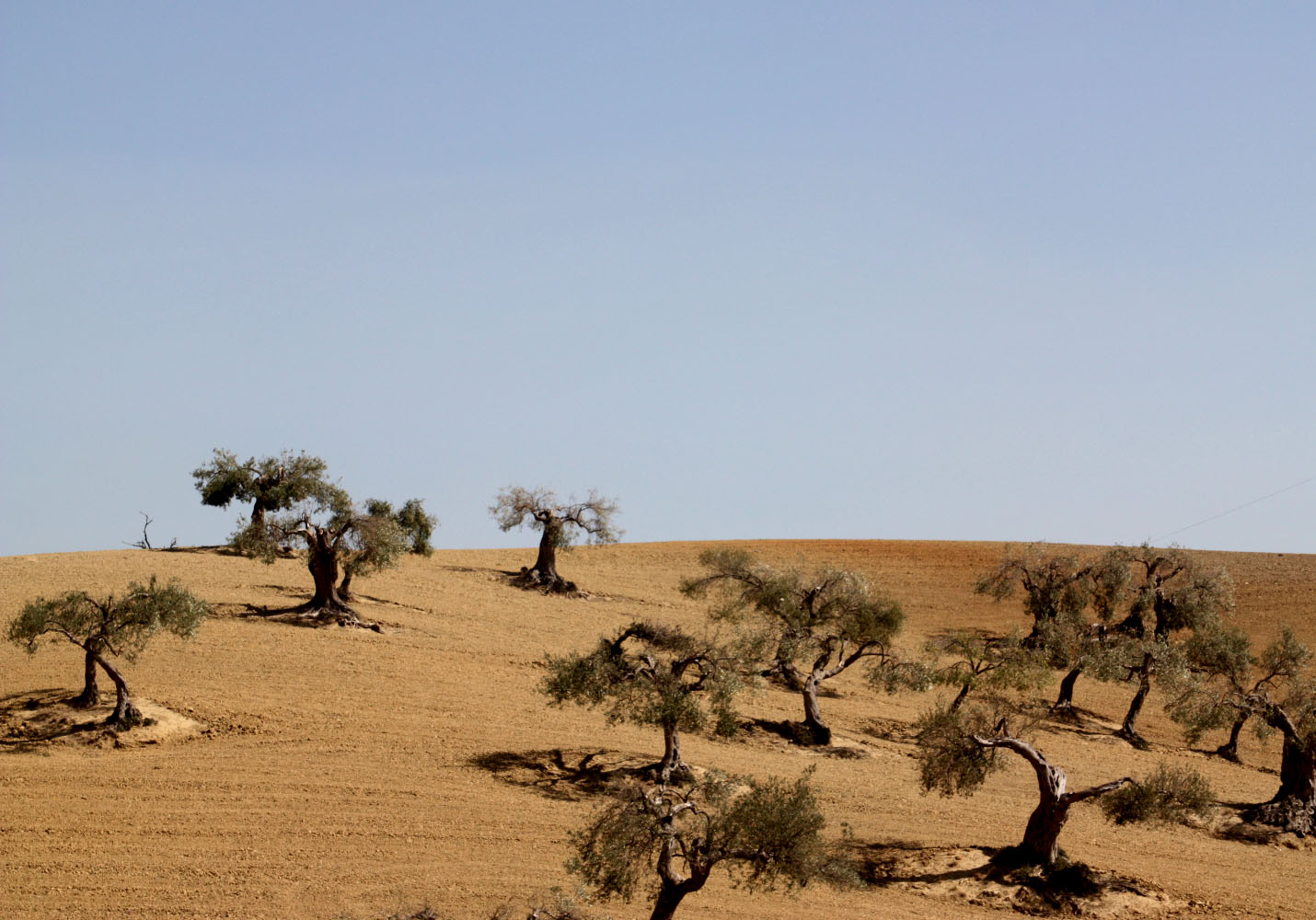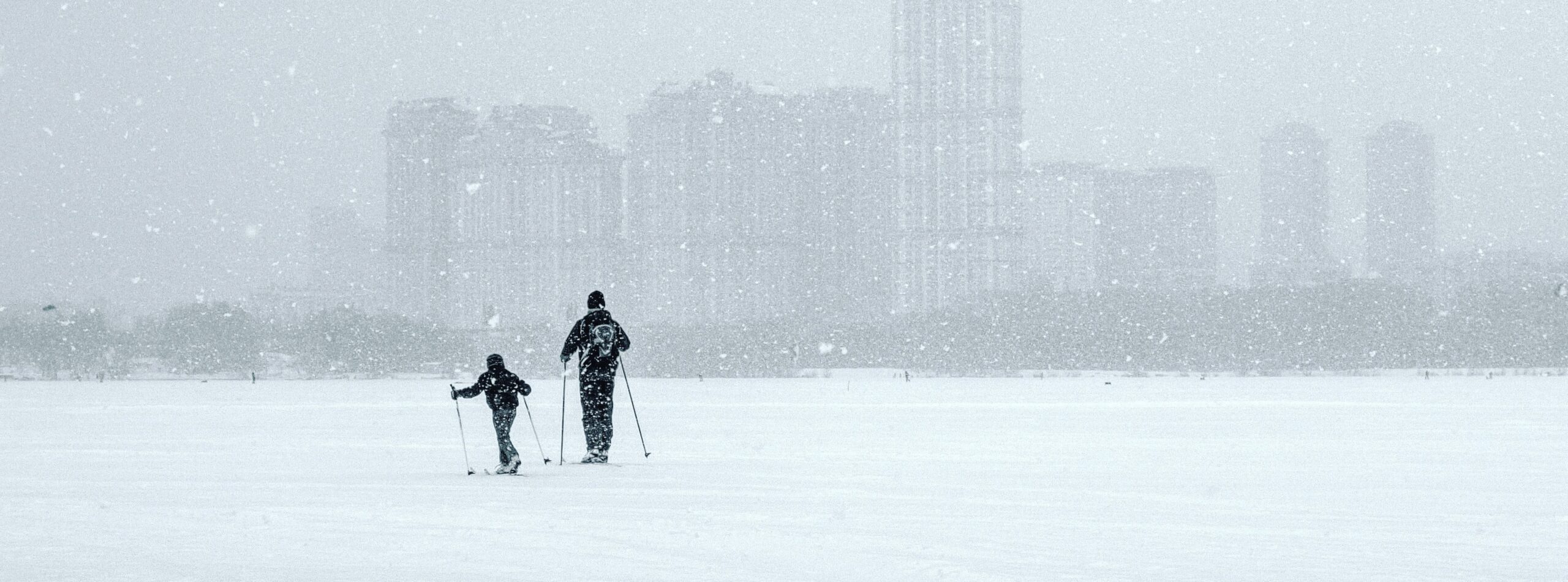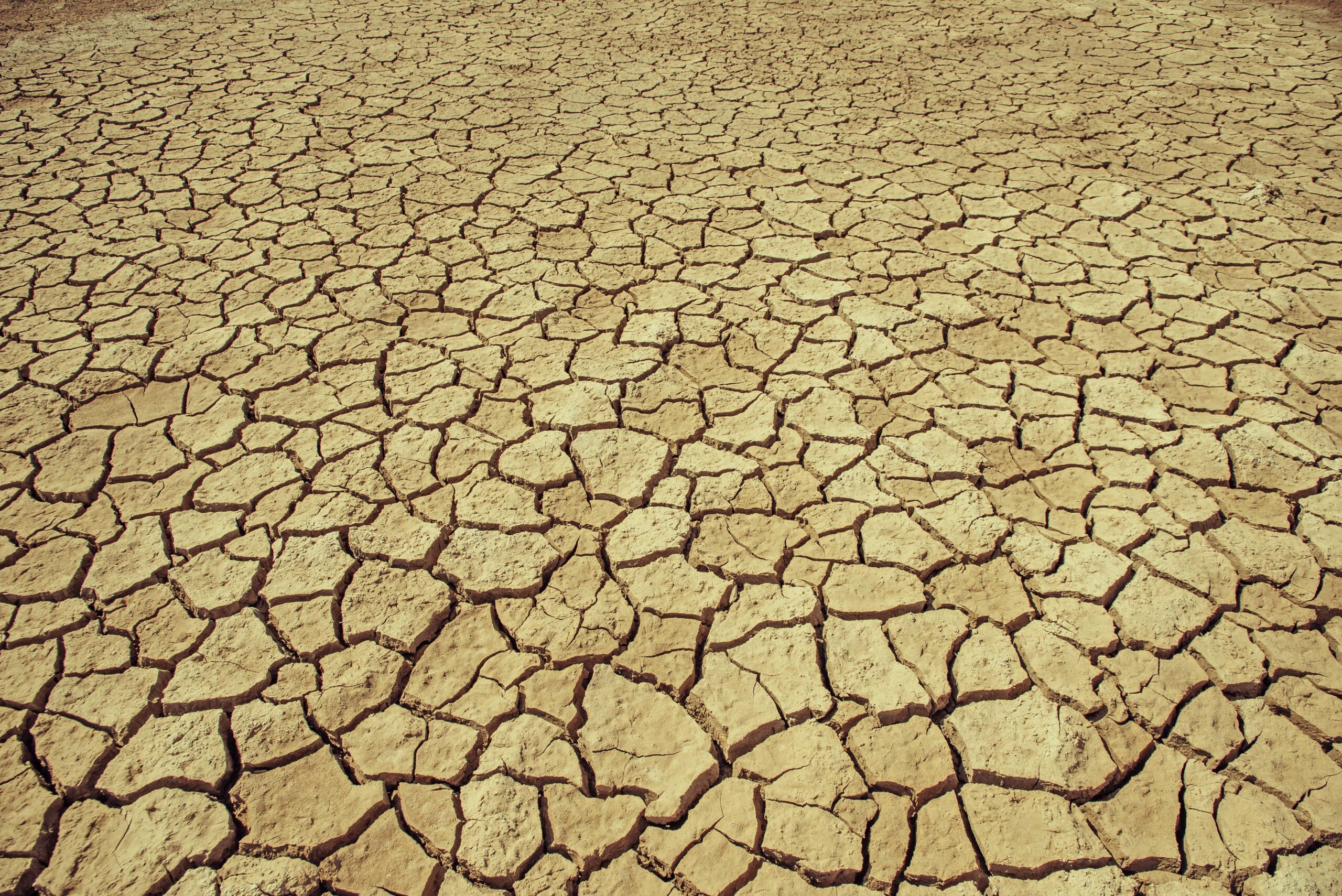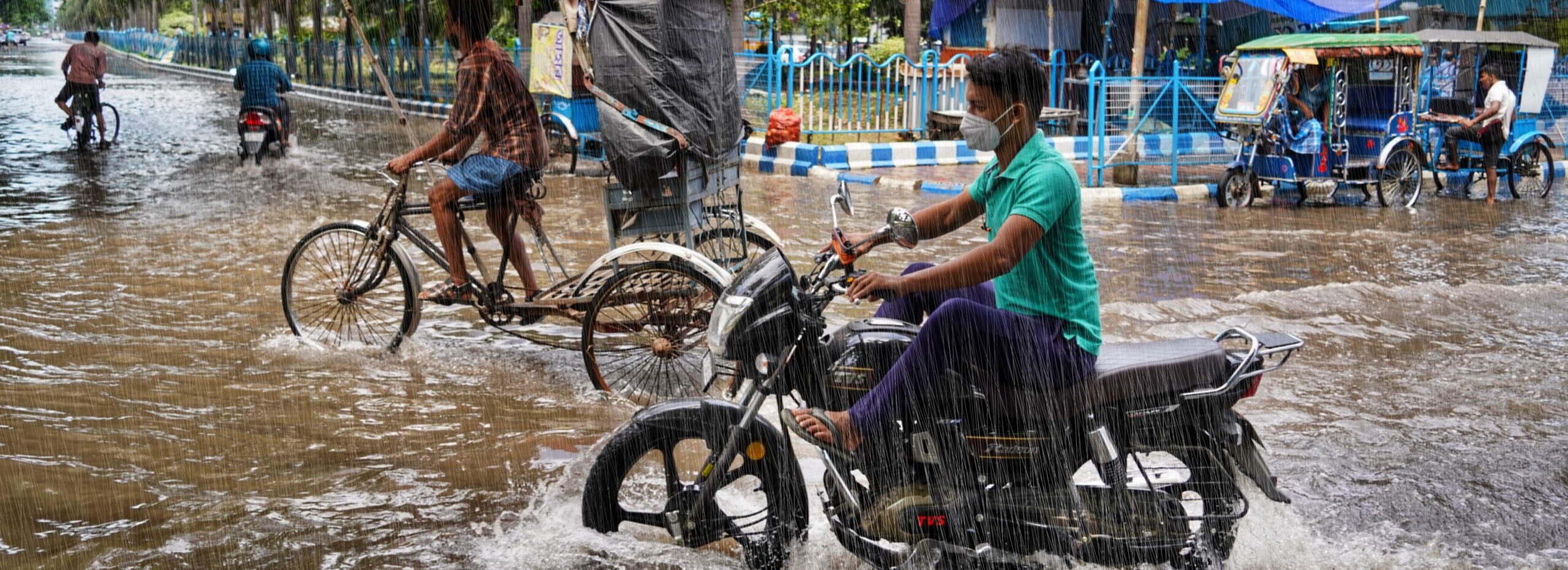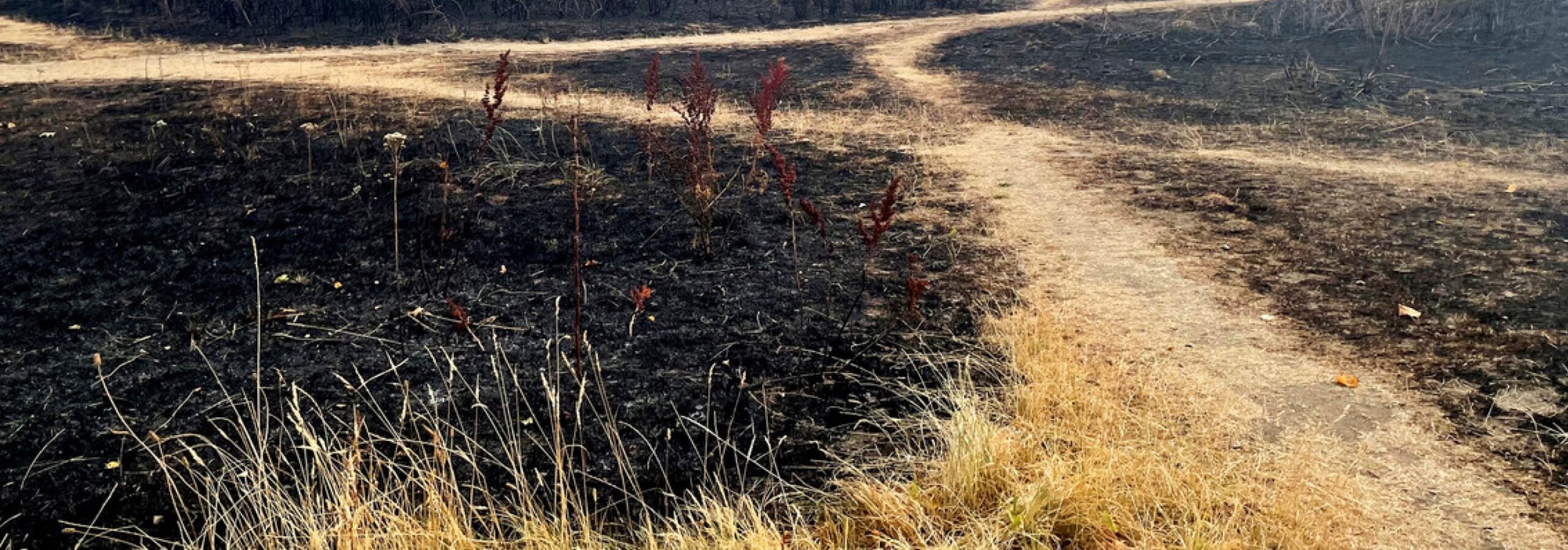Following an autumn with much below average rain, 2024 was warm and dry in Southern Italy for most of the year, with drought alerts being issued as early as December in Sicily and from May onwards in Sardinia. After sectoral acts for livestock and drinkwater in some provinces in February and March, in May 2024 Sicily declared a state of emergency. The drought is still ongoing, and, with the end of the boreal summer approaching, water reservoirs on the two islands are almost empty, despite water rationing having been in place since February. With severe rationing, water has not been available for irrigation in many significant areas, with severe consequences for agriculture and livestock.
Scientists from Italy, the Netherlands, Sweden, the UK, the European Commission and the US used published peer-reviewed methods to assess whether and to what extent climate change influenced the 12.month drought in the two islands (1) Sicily and (2) Sardinia.
There are several ways to characterise a drought: meteorological drought is defined only by low rainfall, while agricultural drought combines rainfall estimates with evapotranspiration or directly measures soil-moisture content. As increased evapotranspiration due to regional warming can play a major role in exacerbating drought impacts, we assess agricultural drought in this study by means of the Standardised Precipitation Evapotranspiration Index (SPEI), which calculates the difference between rainfall and potential evapotranspiration to estimate the available water. The more negative the SPEI values are, the more severe the drought is classified. Figure 1 shows the SPEI for the 12 months between July 2023 and August 2024 over Italy, and the category it falls in according to the US Global Drought Monitor classification system.
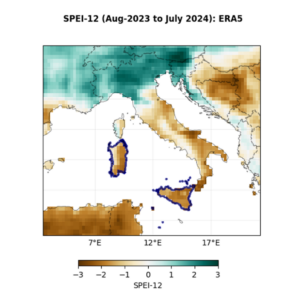
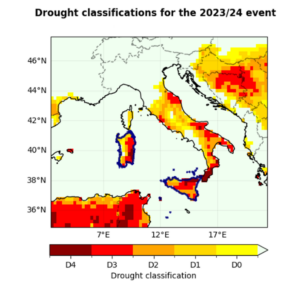
Main findings
- The main economic activities in Sicily, agriculture and tourism, both strongly depend on water availability. The economic consequences of this drought are thus catastrophic for many in the region and recovery will take time. In Sardinia, agriculture is economically less important, but of high cultural relevance; leading to challenges with water prioritisation for domestic and agricultural use on both islands.
- Natural ecosystems also suffer. Agricultural expansion, especially in Sicily, has increased water demand, with a decrease of 62ha per year since 1990 in natural ecosystems, including wetlands.
- In different observational datasets the extreme drought, defined by SPEI12 (fig. 1) is among the most severe droughts since records began. All data agree that this drought is not very rare in Sardinia in today’s climate that has warmed by 1.3°C primarily due to the burning of fossil fuels, with a return period of about 10 years (3 – 93 years). In Sicily, such a drought does not occur very often, with a best estimated return period of around 100 years (10- 200,000 years) in today’s climate.
- Based on the US Drought Monitoring Classification system, the 1-in-10 year drought over Sardinia which is an ‘extreme’ (D3) drought now would be classified as a ‘severe’ (D2) drought without the effects of climate change, and with further warming would be a more severe ‘extreme’ drought (D3). The rare 1-in-100 year drought over Sicily which is also an ‘extreme’ (D3) drought would be a ‘severe’ (D2) drought without climate change, and with a further 0.7C of warming, will become an ‘exceptional’ drought (D4). For both islands, the likelihood of a drought as defined by SPEI12 from August 2023 to July 2024 has increased by about 50% due to human-induced climate change.
- To understand the meteorological drivers of these changes in drought, we also assess the individual components making up the drought index, namely rainfall, potential evapotranspiration and temperature. We find that changes in rainfall are small and not statistically significant: on the contrary, both values observed for potential evapotranspiration and temperature as observed this year would have been almost impossible to occur without human-induced climate change. We thus conclude that this increase in drought severity is primarily driven by the very strong increase in extreme temperatures due to human-induced climate change.
- It has been well-established that climate models tend to underestimate the increase in extreme temperatures in Europe; this in part accounts for the discrepancy between the observed change in drought frequency and intensity and those represented in climate models.
- Unless the world rapidly stops burning fossil fuels, these events will become even more common in the future. In a world 2°C warmer than preindustrial, which could happen as soon as 2050 without large and rapid reductions in greenhouse gas emissions, droughts like the ones in Sicily and Sardinia will become more frequent.
- Effective drought risk management in regions such as Sardinia and Sicily requires a sustained focus on long-term preparedness and adaptation. Investing in resilient infrastructure, water conservation strategies, and sustainable resource management is crucial to mitigating the impacts of drought.

